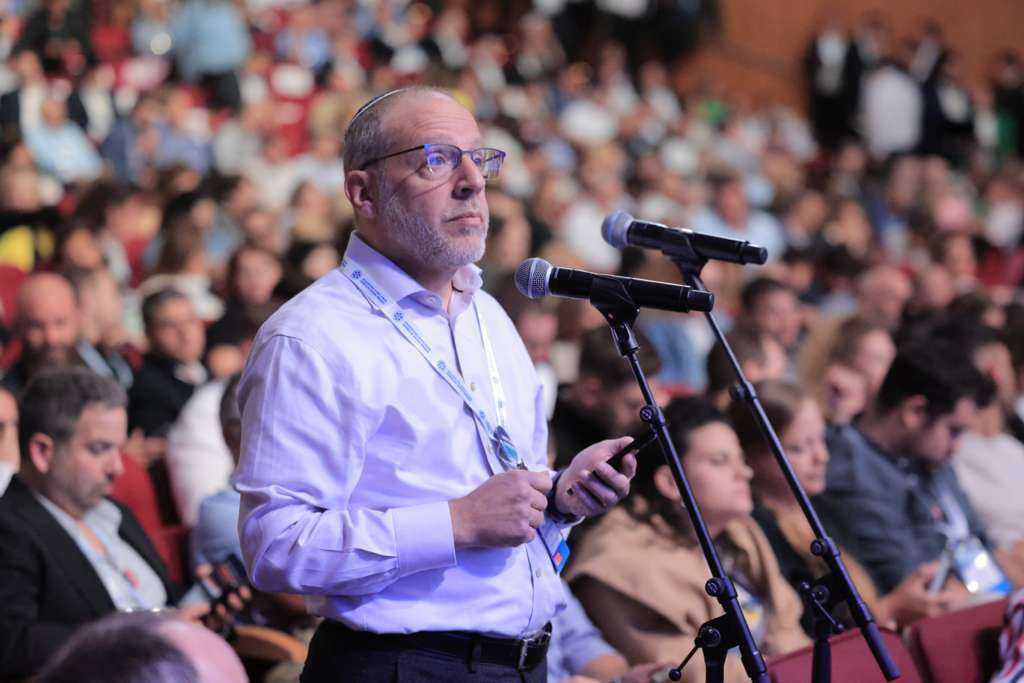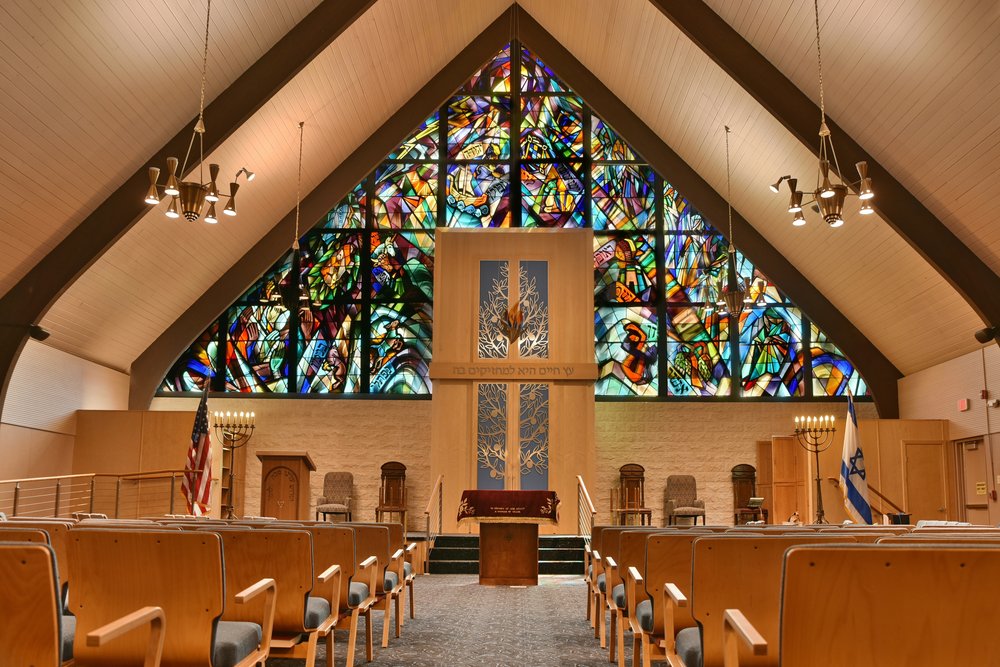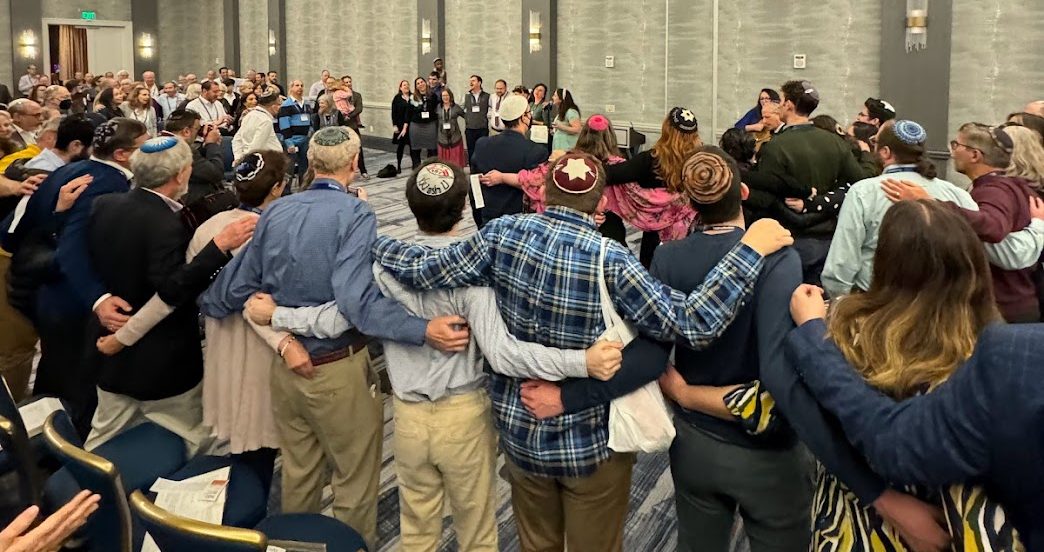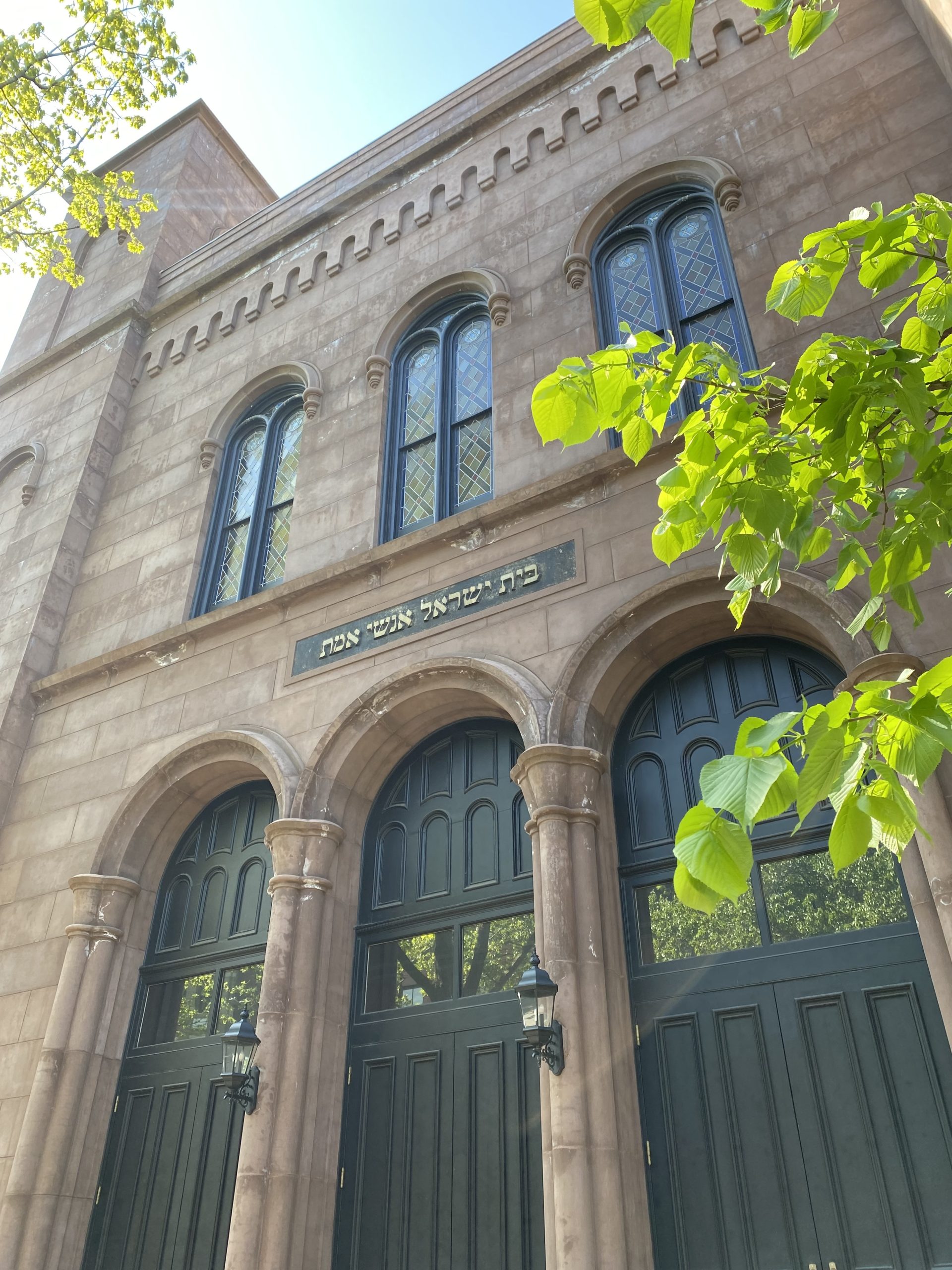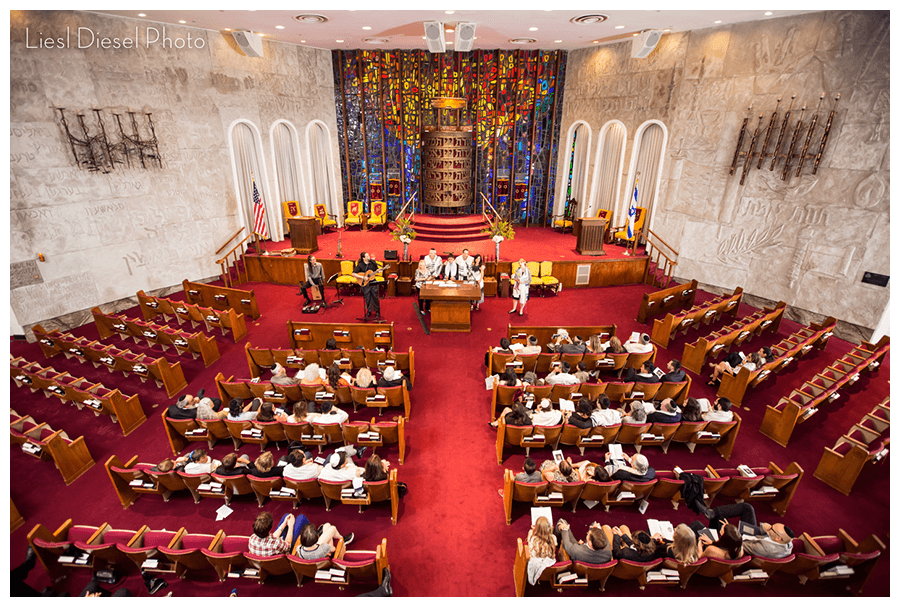
In April, Temple Beth Am of Los Angeles, CA hosted the first Kol Tefilla Shabbaton, in which congregation leadership met to discuss raising the bar for prayer. In the congregation’s July/August newsletter, Temple Bet Am’s cantor Rabbi Hillary Chorny reflected on the origins and execution of the conference. Read her thoughts below.
______________________________________________________________________________________________
The tiny, potent seed at the heart of prayer innovation at Temple Beth Am is a question, one that fuels my vision as cantor: can prayer be intentionally good?
Three years ago, our rabbinic intern and I talked over cups of coffee, reflecting on the most memorable prayer services we had ever attended. Every example was painted with a veneer of happenstance: the right crowd happened to be in the room, or I was in the right mood. Or the world happened to be in a precarious place and in that moment I needed prayer. Our memories of heightened prayer experiences were all marked with a heavy layer of beautiful accident: it just seemed to come together.
The rabbinic tradition preserves a paradigmatic tension that spontaneity and intentionality in prayer are all bound up with one another, and they are set in opposition to the set script in our prayer books. The two juxtaposed elements of prayer are keva, the fixed texts that we are obligated to say; and kavannah, the impromptu personal supplications that rise to our lips. I wanted to challenge the assumption that prayer experiences draw their power from improvisation or coincidence.
Already we had a model for that at Temple Beth Am: by the time I arrived at TBA, Hama’alot (a rhythmic, intimate, soulful service that TBA hosts about six times a year) was going strong. Every Hama’alot is a fully curated, built-from-scratch Shabbat morning service mapped onto a loose skeleton of essential elements. A lot of sweat equity goes into producing a single 90-minute Hama’alot, and the reward is as great as the effort, every single time. We grafted that value of planfulness and production of tefillah (prayer) onto the model of our twice-monthly Friday night Sovev services, and voila: another thriving prayer archetype was born.
With pride in our fruitful innovations and genuine curiosity for what other brilliant novelty might be ripening in other Conservative congregations, we proposed to the United Synagogue of Conservative Judaism that we convene a national gathering at TBA that focused on raising the bar on prayer. This past April, we did just that: Kol Tefilla was born.
There are not enough words to describe the joy I experienced in welcoming Kol Tefilla to our community. Hundreds of voices from more than thirty congregations across the country elevated prayer throughout every space in our building. We sang, and networked, and studied, and dreamed. From Rabbi Adam Kligfeld’s passion came months of sweet collaboration with Rabbi Rebecca Schatz, and with the partnership of USCJ we produced this holy gem of a weekend. I feel deeply invigorated by a reinforcing network of thinkers that prayer is worthy of investment and loving re-visitation. And I am so proud of our community, and boundlessly grateful for our extraordinary staff and supportive lay leadership. To those who led us and encouraged us to stretch our visions of worship, we are indebted.
So much of the beauty brought into Shabbat services with my clergy partners has been predicated on this vision: that it is indeed possible to take one-time, accidentally extraordinary worship experiences and recreate them, or at least bits and pieces of them, over and over again. Excellence in tefillah rises from thoughtfulness and attentiveness to all possibilities for both the fixed and spontaneous.
Months later, I am still riding the wave of the heightened heights of tefillah at the April Shabbaton. And I am craving the next elevated worship experience, and the next, and the next – which is why I am thrilled to share that Kol Tefilla 2019 is already in the works. Please mark your calendars for Shabbat Shira, January 18-21, 2019 for the next iteration of this endeavor. We look forward to broadening our circle of song, expanding to new sites in the Los Angeles area and featuring the world-renowned, Jerusalem based the tefillah artists of Nava Tehila.
Excited? Good. We intend for it to be bigger and better than we have yet imagined prayer could be.




